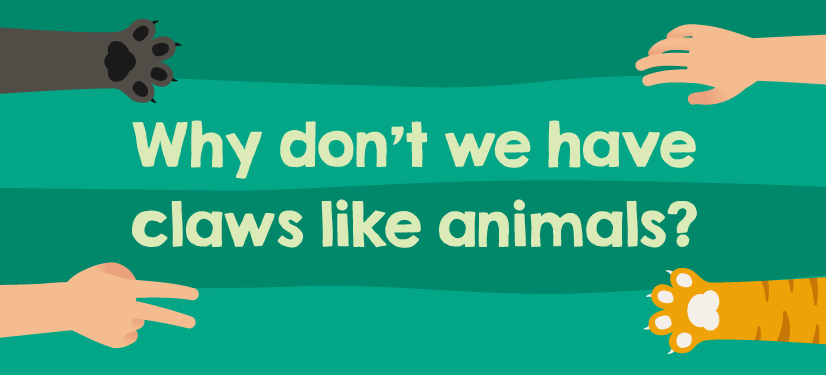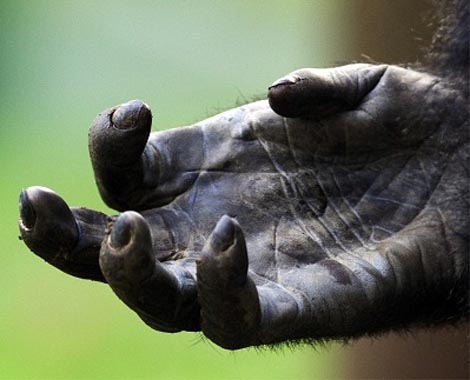
Have you ever wondered just how amazing a role claws play for a four-limbed animal? It’s one of nature’s most versatile tools. From defense to hunting, they help these animals execute critical survival needs. Even our primate ancestors had claws, which later evolved into nails. Though made of the same substance – keratin, a tough fibrous protein found in horns, hooves and hairs – claws and nails are often distinguished as different from each other.
Isn’t it interesting that evolution turned the deadly weapon-like claws into the seemingly harmless and benign nails. What could be the reason? What purpose do nails serve today in our survival? Let’s dig a little deeper, no pun intended!
Opposable thumbs
Biologists have identified that the only difference between a claw and a nail is the shape. They are essentially flattened forms of claws. The shape of nails and claws is dependent on the bone from which it grows. Claws are curved because they become pointed towards the end, whereas for humans the bone is relatively broader thus making our nails flat.
This is due to the evolution of the opposable thumbs. As an adaptation to life in the trees, our primate ancestors evolved an opposable thumb that helped them grasp branches and manipulate even very small objects.


A look at the hands of our primate ancestors with opposable thumbs
The Grasping Hand
As the grasping hand (one with opposable thumbs) evolved, claws disappeared. About 2.5 million years ago, fossil evidence suggests early humans first picked up stone tools, which is about the same time our ancestors also developed even broader fingertips than earlier primates.

Image by Denise Morgan for the University of Utah, via Wikimedia Commons.
The chimpanzee’s hand (left) has much longer fingers, a longer palm, and a shorter thumb than those of the human hand (right). Unlike the chimp’s hand, the uniquely designed human hand has a much more distinct opposable thumb and is able to clench into a tight fist.
Our wide, flat and shield-shaped nails let us do a lot of important things that one can’t do with claws. It helps us make and use tools. For example, while other animals dig with their claws, we can develop tools and use them for the same. Nails enable humans to pick up tiny things like small pins and needles off the ground, pick off stickers, or even pick a bug off them easily.
And that’s not all, even in today’s advanced world, nails serve the purpose of visual representation of a person’s health. For instance, malnutrition can change the colouring of nails. For example, lack of zinc or calcium in your body may reflect as small white spots on your nails, while yellowish nails may signal fungal infections. Speaking of evolution, do you know what came first the chicken or the egg?
Did you learn something new about your nails today? Did we miss out on any other nail facts? Share them with us in the comment section!
If you enjoyed reading this, you may also like
Masters of stealth: Animals Who Are Nailing April Fools’ Day
Charu, a feminist and an accidental writer, is yet to master the art of writing about herself. Always curious to learn new stuff, she ends up spending a lot of time unlearning the incorrect lessons. She enjoys all sorts of stories – real, fictional, new, old, hers and would love hearing yours too. Feel free to ping her at storyweavers@byjus.com to share anything that you think is worth sharing.